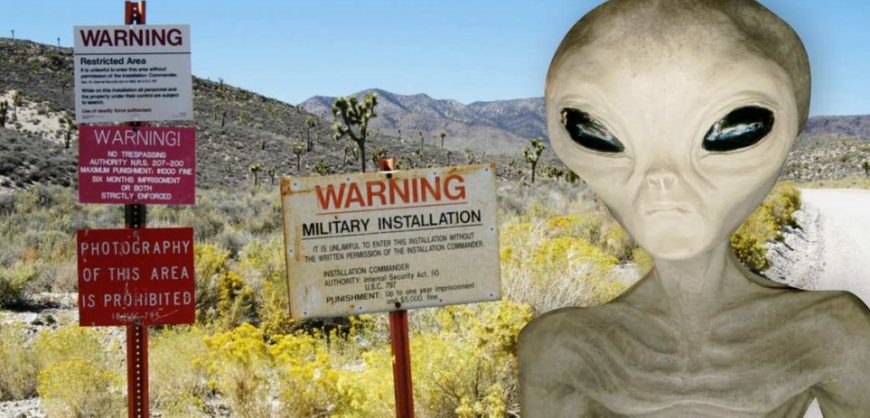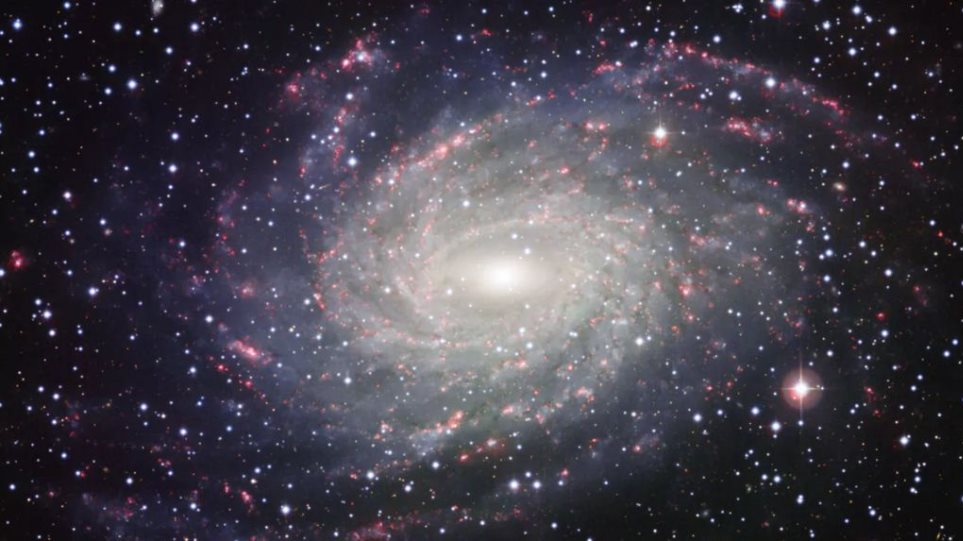In July, three unmanned missions blasted off to Mars – from China (Tianwen-1), the US (Nasa’s Mars 2020 Perseverance Rover) and the United Arab Emirates (Hope). The Chinese and American missions have lander craft that will seek signs of current or past life on Mars. Nasa is also planning to send its Europa Clipper probe to survey Jupiter’s moon Europa, and the robotic lander Dragonfly to Saturn’s moon Titan. Both moons are widely thought to be promising hunting grounds for life in our solar system – as are the underground oceans of Saturn’s icy moon Enceladus.
Meanwhile, we can now glimpse the chemical makeup of atmospheres of planets that orbit other stars (exoplanets), of which more than 4,000 are now known. Some hope these studies might disclose possible signatures of life.
But can any of these searches do their job properly unless we have a clear idea of what “life” is? Nasa’s unofficial working definition is “a self-sustaining chemical system capable of Darwinian evolution”. “Nasa needs a definition of life so it knows how to build detectors and what kinds of instruments to use on its missions,” says zoologist Arik Kershenbaum of the University of Cambridge. But not everyone thinks it is using the right one.
65 years since the brutal Constantinople Pogrom: “A city gone mad”! (photos)
The cartoon that exposes Erdogan
Astrobiologist Lynn Rothschild of Nasa’s Ames research centre in California sees a cautionary tale in AA Milne’s story from Winnie-the-Pooh, in which Pooh and Piglet hunt a Woozle without knowing what it looks like and mistake their own footprints for its tracks. “You can’t hunt for something if you have no idea what it is,” she says.
Read more: The Guardian




































